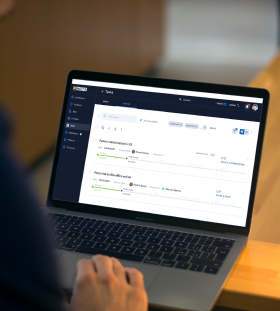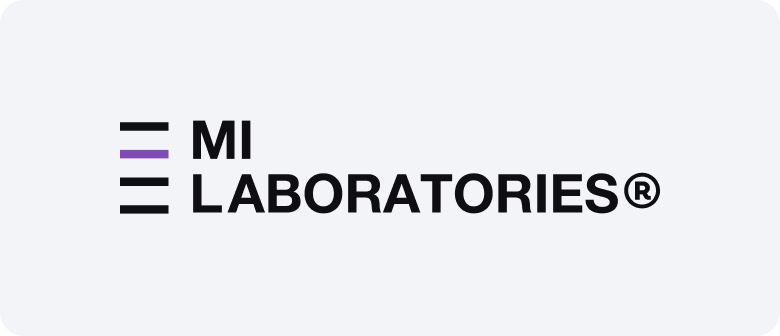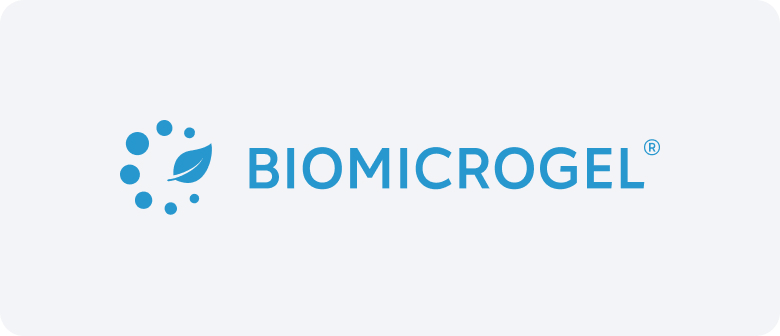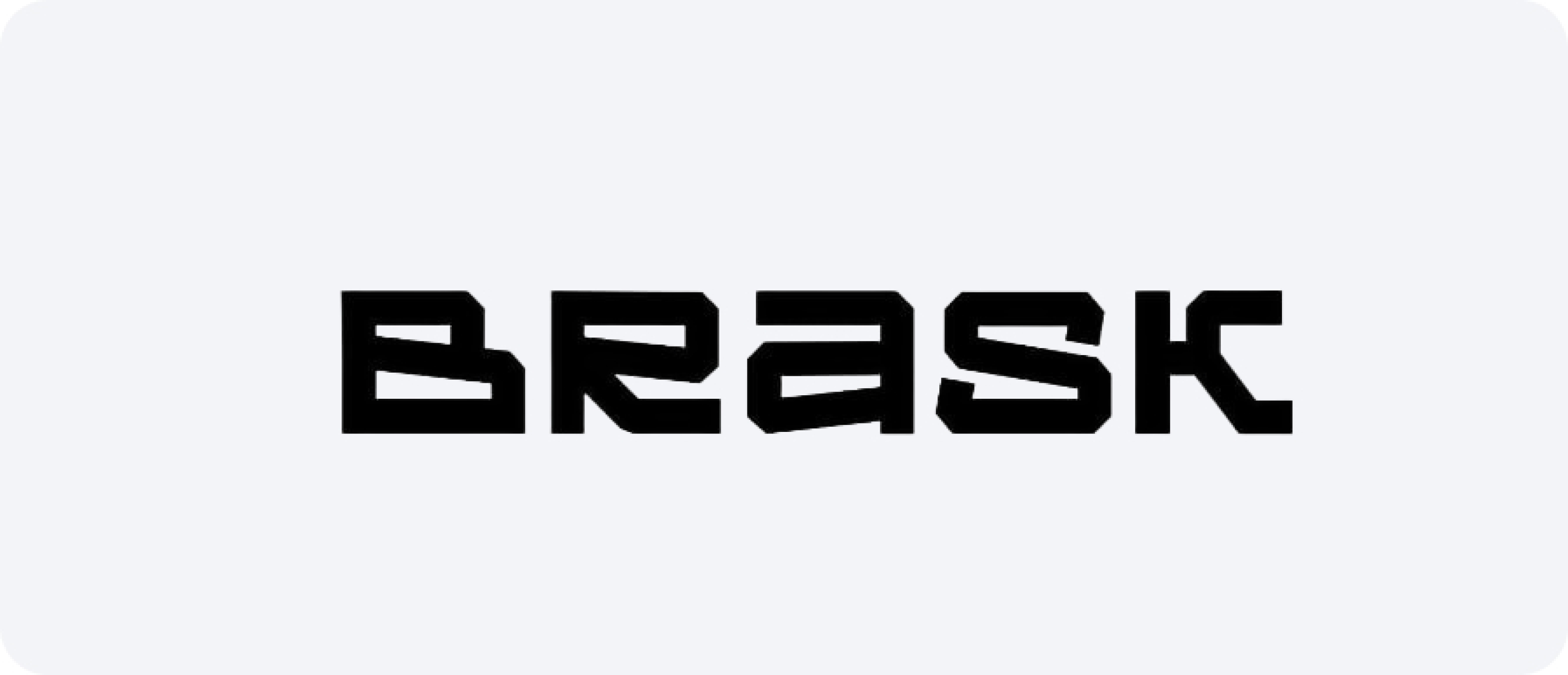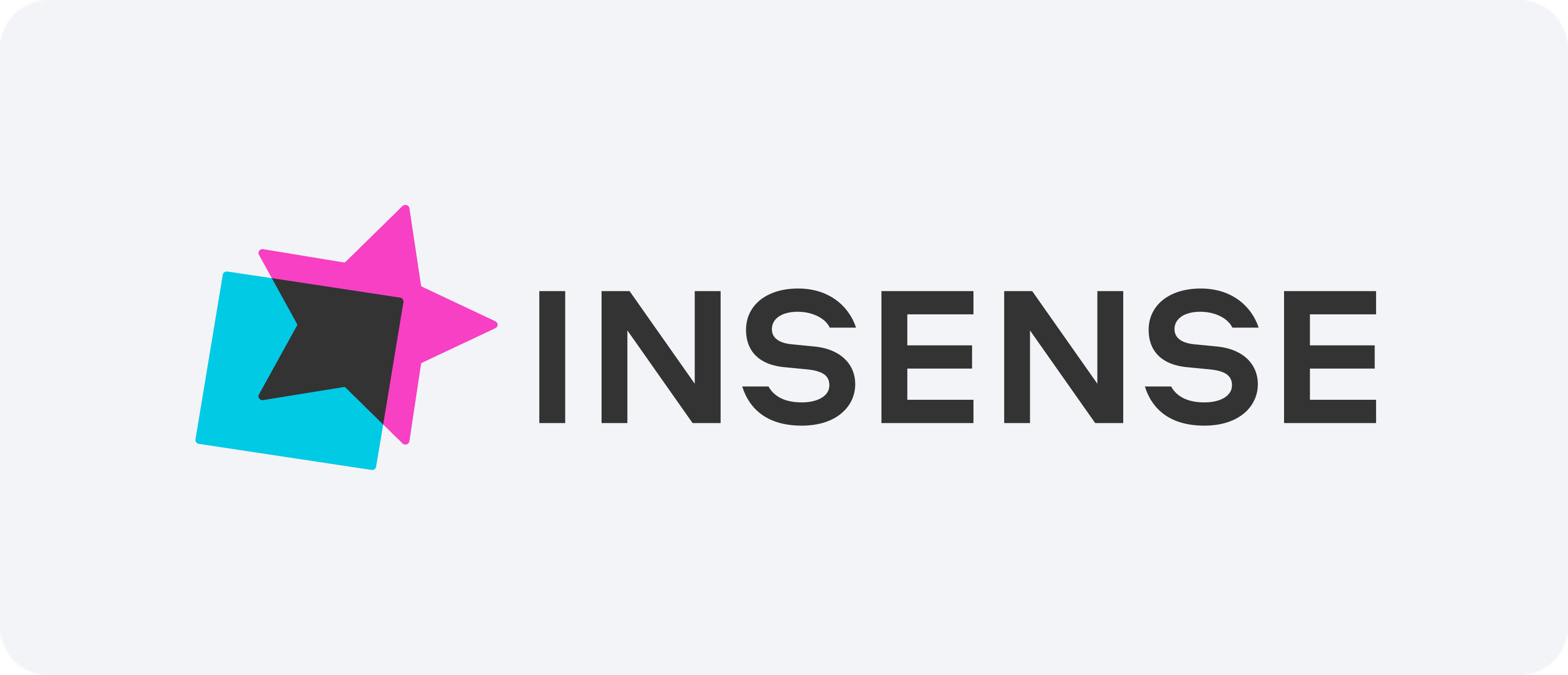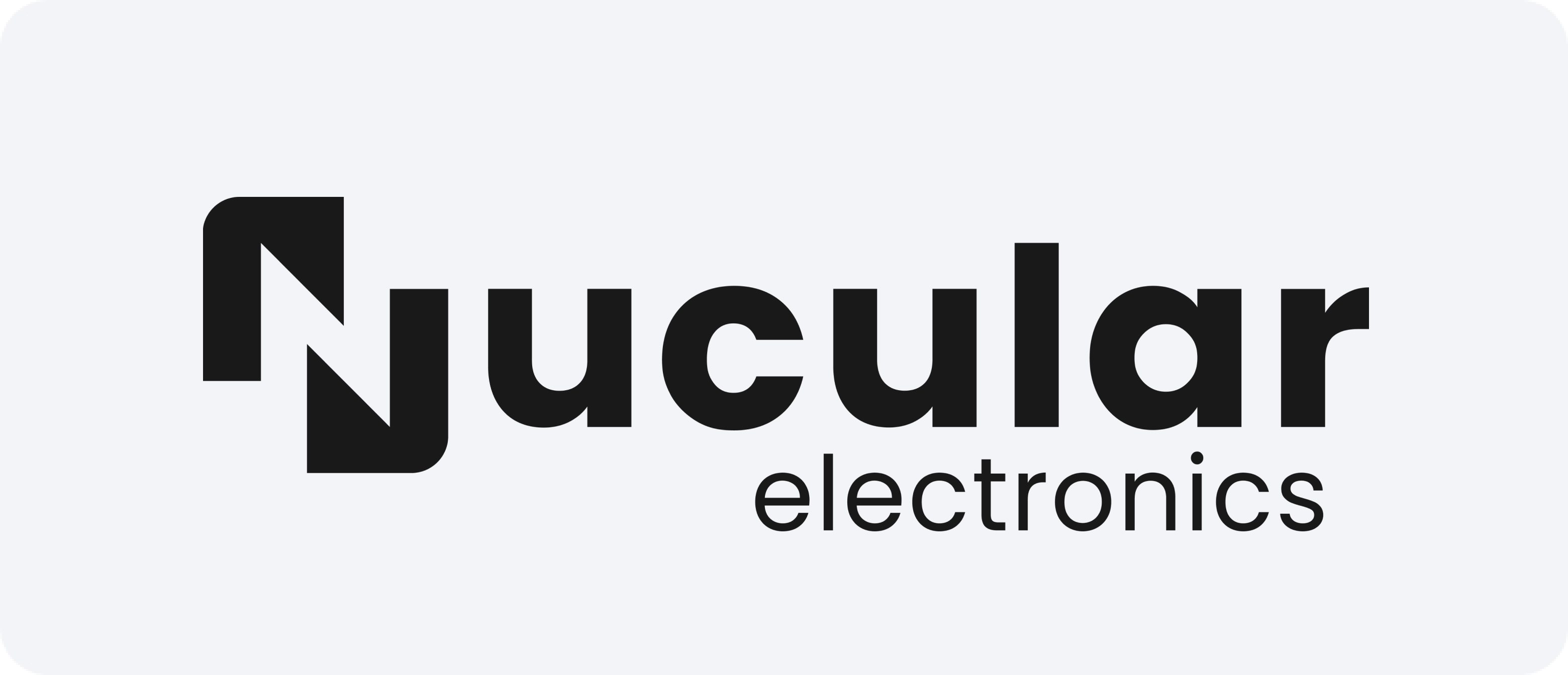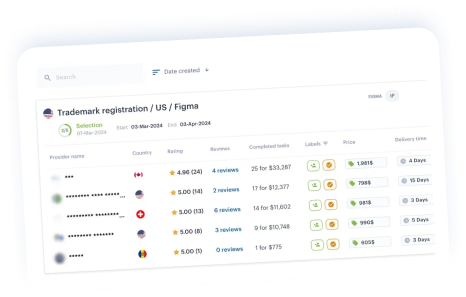特許庁の措置への対応
審査中に、要件や異議を含むオフィスアクションを受け取ることがあります。これは問題ではありません。弁護士はこれを分析し、戦略を立て、回答を準備します。



審査中に、要件や異議を含むオフィスアクションを受け取ることがあります。これは問題ではありません。弁護士はこれを分析し、戦略を立て、回答を準備します。







-
数分以内に詳細な割り当てを作成するのに役立つ AI 搭載の IP アシスタント。
-
特定の基準に基づいて最も適切な現地の特許弁護士を選択します。
-
オフィスアクションの分析、対応戦略の策定、準備、および提出は弁護士によって行われます。
-
プロセス全体を通じてプラットフォーム上でオンライン監視とレポートを実行します。

-

150か国以上から800以上の知的財産法律事務所、ランキングとレビュー
-

タスクの作成と関連する弁護士の検索を支援する AI 搭載の IP アシスタント
-

定額料金、安全で迅速なオンライン決済、結果保証
-

すべてのケースの登録プロセスとオンラインデータストレージに24時間365日アクセスできます
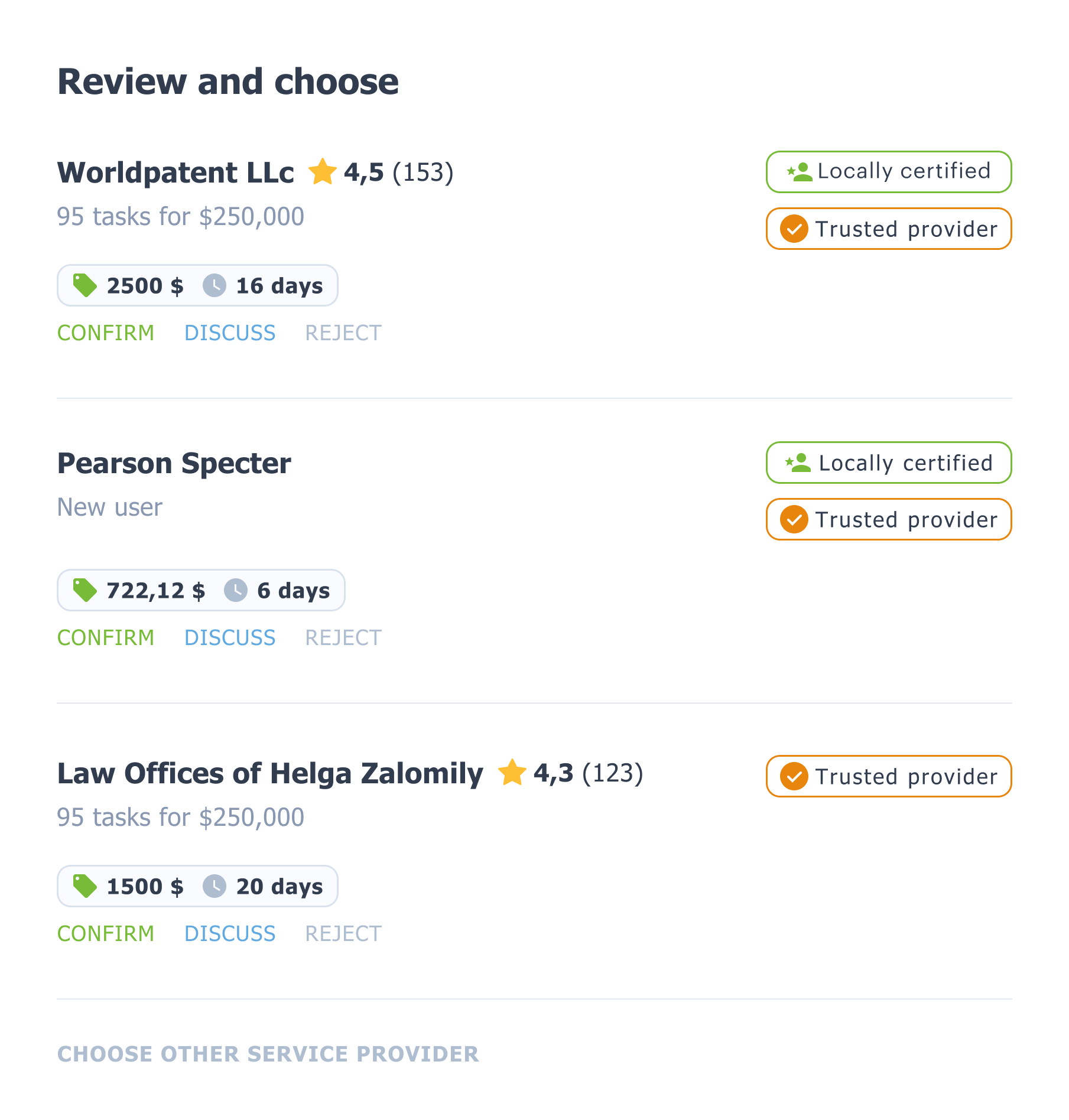
Office Action Responses: Effective Strategies for Patent Prosecution Worldwide
When securing protection for innovations globally, inventors and businesses often face the critical task of crafting office action responses. These documents play a vital role in the prosecution process, determining the fate of applications across jurisdictions. Each patent authority has its own approach to evaluating claims, and understanding how to efficiently respond to objections or rejections is essential for success worldwide.
A well-prepared reaction to an examination notice can significantly improve the chances of invention grant. Whether the objection is related to novelty, inventive step, clarity, or formal issues, having a strong strategy tailored to the jurisdiction helps avoid unnecessary delays and costs. Due to varying rules and examination practices, responding correctly requires experience, technical knowledge, and familiarity with global procedures.
Key Elements in a Successful Reply
Applicants must analyze the examiner’s objections carefully and craft a reply that meets both legal and technical requirements. Failing to do so may result in rejection or abandonment of the application.
Some common issues raised in examination notices include:
- Lack of novelty or inventive step
- Ambiguity or indefiniteness in claims
- Insufficient disclosure in the specification
- Formal or procedural deficiencies
Each type of objection demands a specific approach. An effective examination notice procedure should address the examiner’s concerns in a clear, concise, and persuasive manner. Arguments must be supported with evidence, amendments must be precise, and any claim changes must comply with local laws.
Navigating Examination Notices Procedure Around the World
The procedures for handling examination notices vary significantly from one country to another. While the goal remains the same — obtaining a granted patent — the path to achieving it depends heavily on the rules of the local authority. Here's how worldwide jurisdictions typically differ in handling reactions:
- アメリカ合衆国: The USPTO allows for detailed argumentation and claim amendments. Strict timelines apply.
- ヨーロッパ: The EPO follows a structured examination process, with particular emphasis on clarity and support in the description.
- 日本: The JPO focuses on detailed technical explanations, often requiring deep understanding of engineering or scientific concepts.
- 中国: The CNIPA prioritizes efficiency but enforces strict formality and procedural compliance.
- インド: The procedure here requires attention to inventive steps and local legal interpretations.
Timely and accurate replies help maintain momentum in the process. Missing deadlines or submitting weak arguments can have significant consequences. Therefore, engaging professionals experienced in global prosecution is essential.
Steps to Take When Preparing an Office Action Response
Here is a checklist of actions that help streamline the process and improve success:
- Review the examination notice carefully to understand the scope of the examiner’s objections.
- Prepare a draft addressing each point logically and thoroughly.
- Analyze claim scope and decide if amendments are necessary to overcome rejections.
- Use technical support documents or drawings to clarify claims or improve understanding.
- Consult with foreign associates, if filing in unfamiliar jurisdictions.
- Track deadlines and procedural requirements, which may vary significantly across countries.
- File the examination notice reaction in a timely manner to avoid extensions or abandonment.
Conclusion
Replying effectively to examination notice is a critical component of international strategy. Each step requires careful review, technical insight, and procedural knowledge. By developing solid OA strategy, inventors and businesses can maximize the value of their innovations and achieve protection globally.
Mastering the art of invention reaction can turn objections into opportunities. Whether dealing with the USPTO, EPO, JPO, or any other national authority, having a structured and informed strategy ensures smoother prosecution and stronger IP assets across borders.
